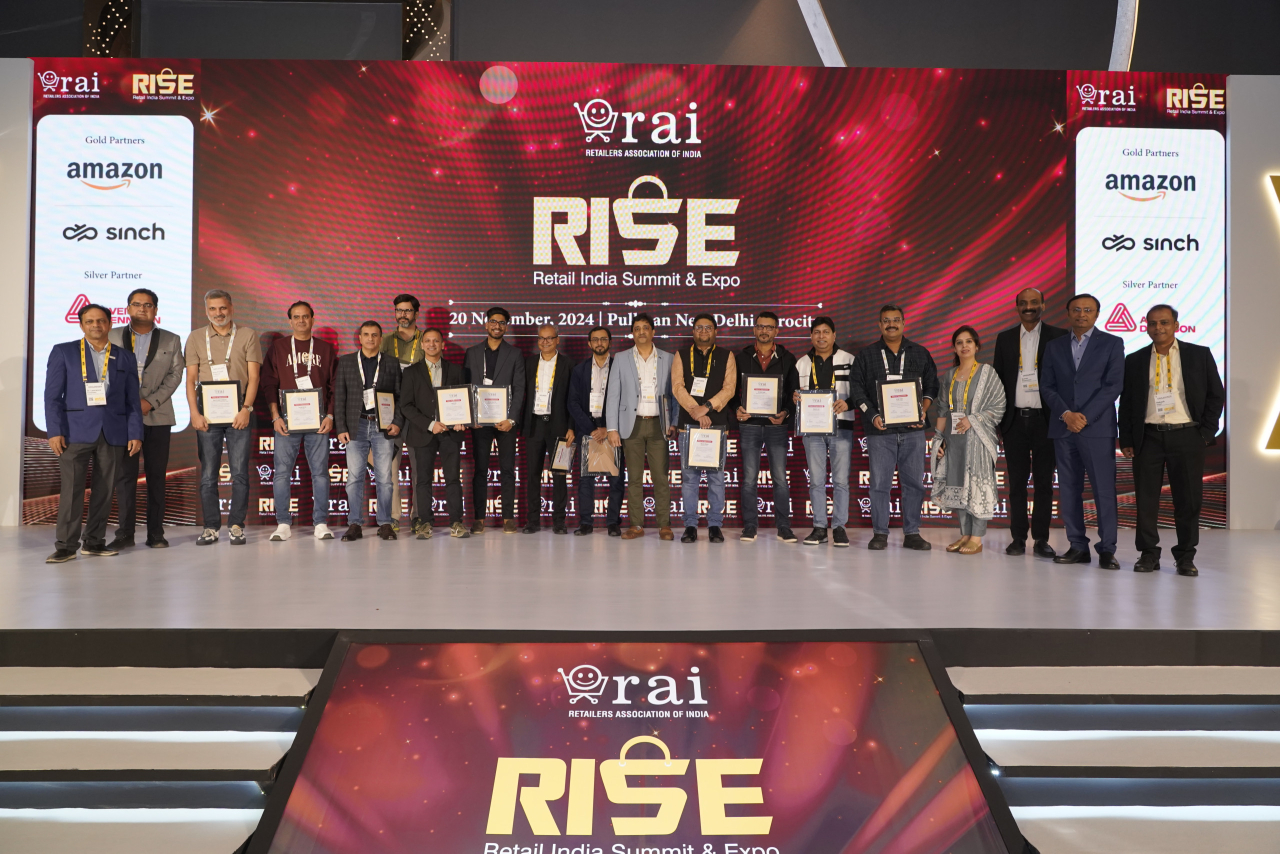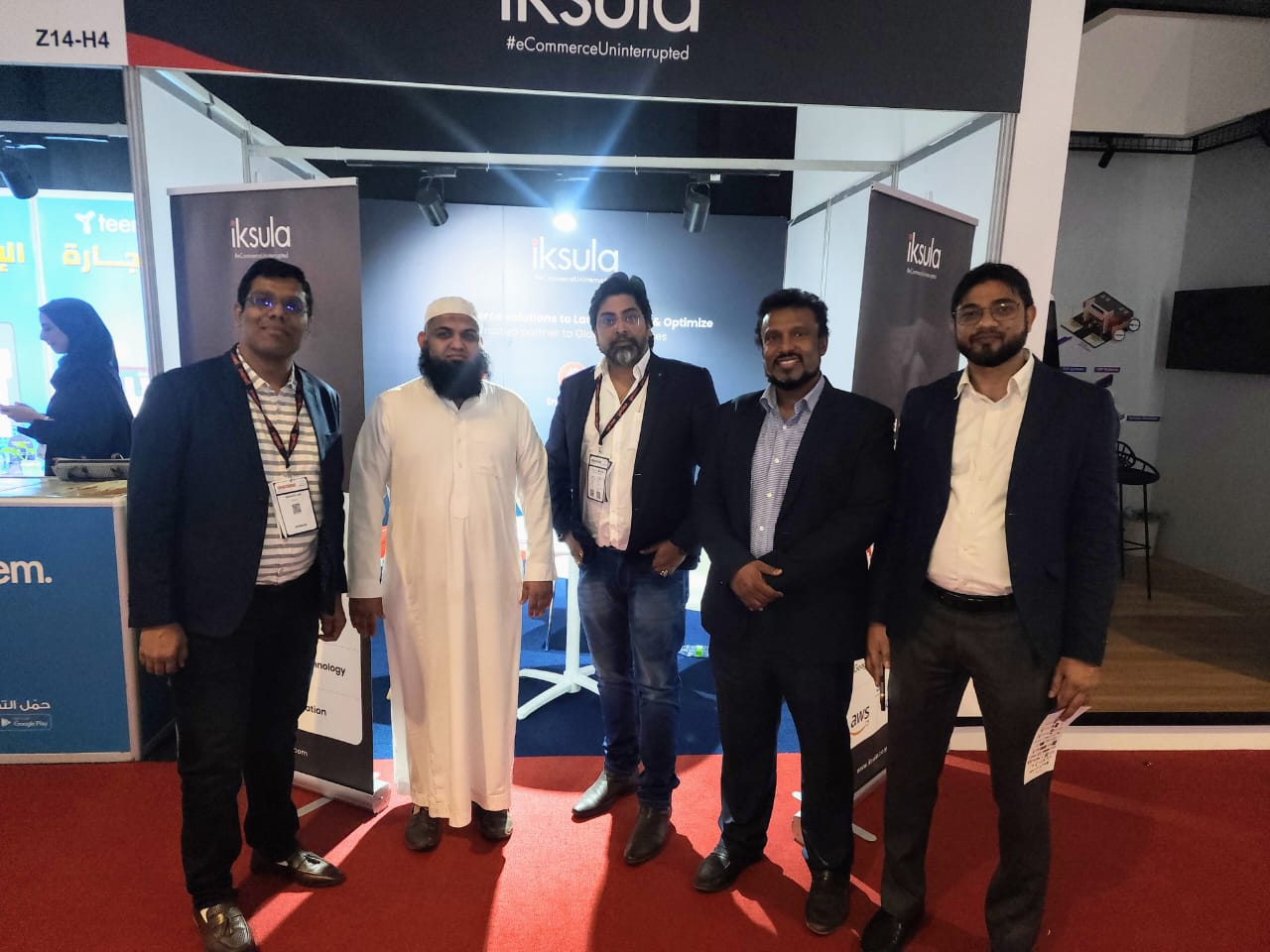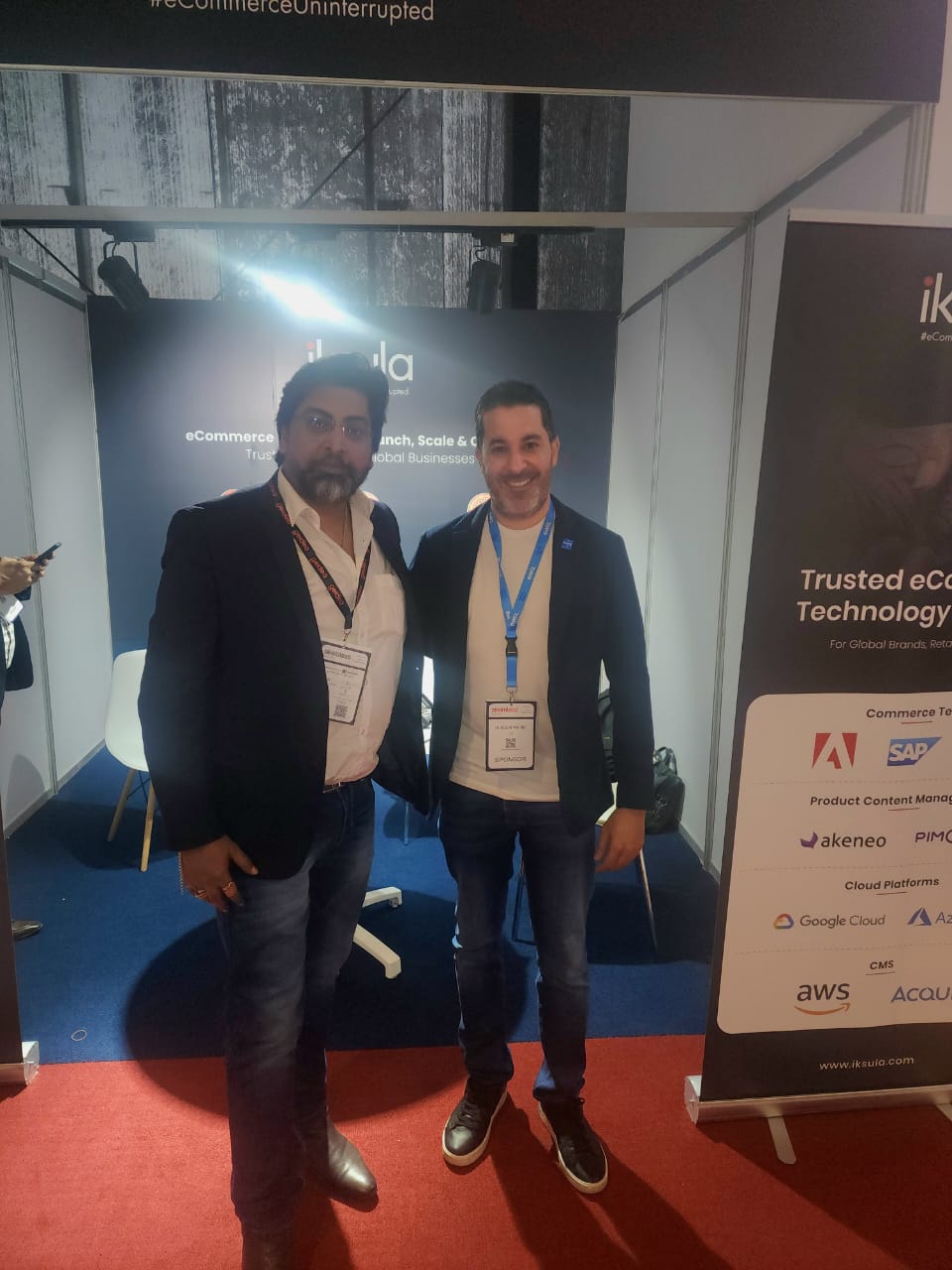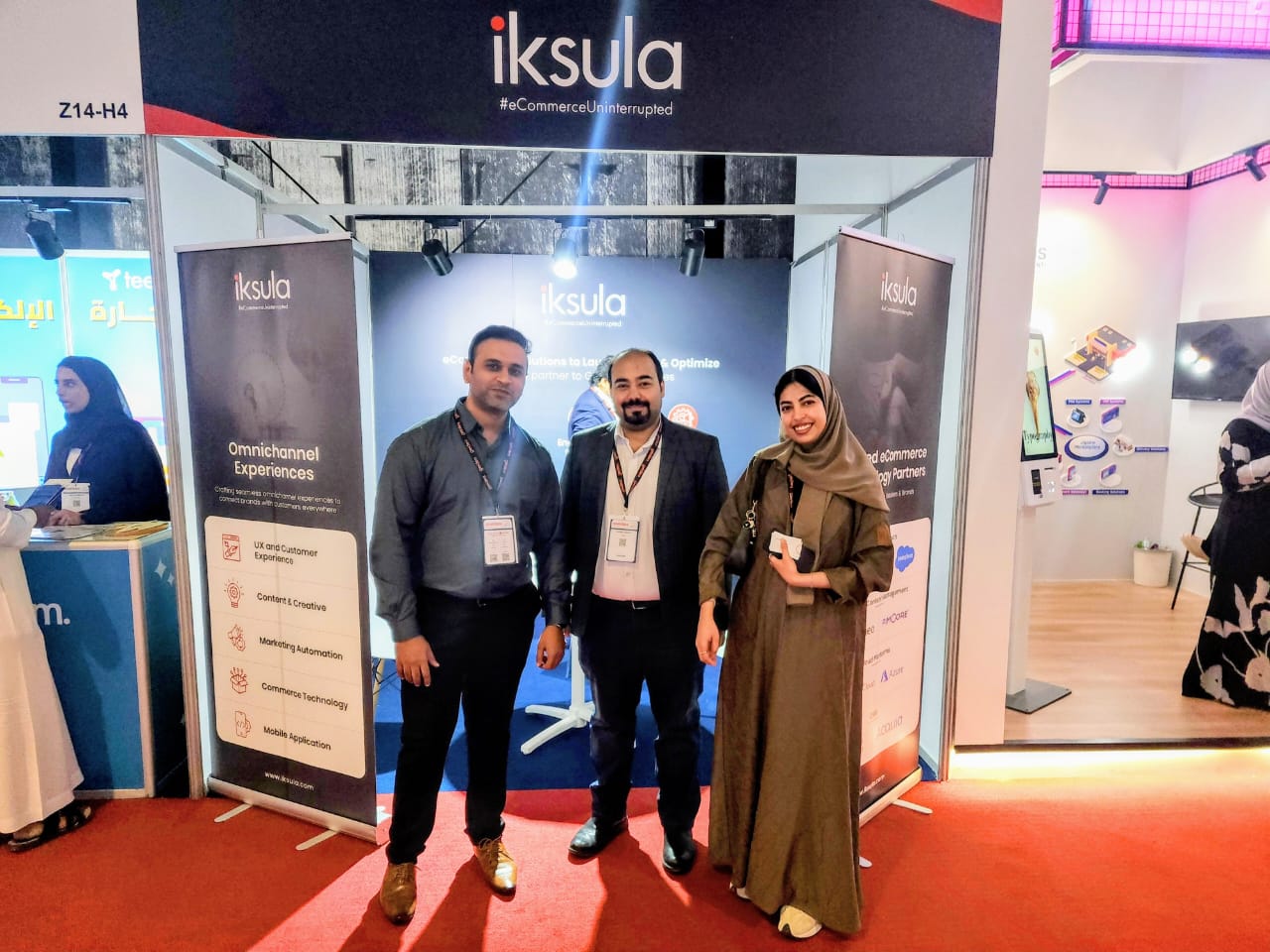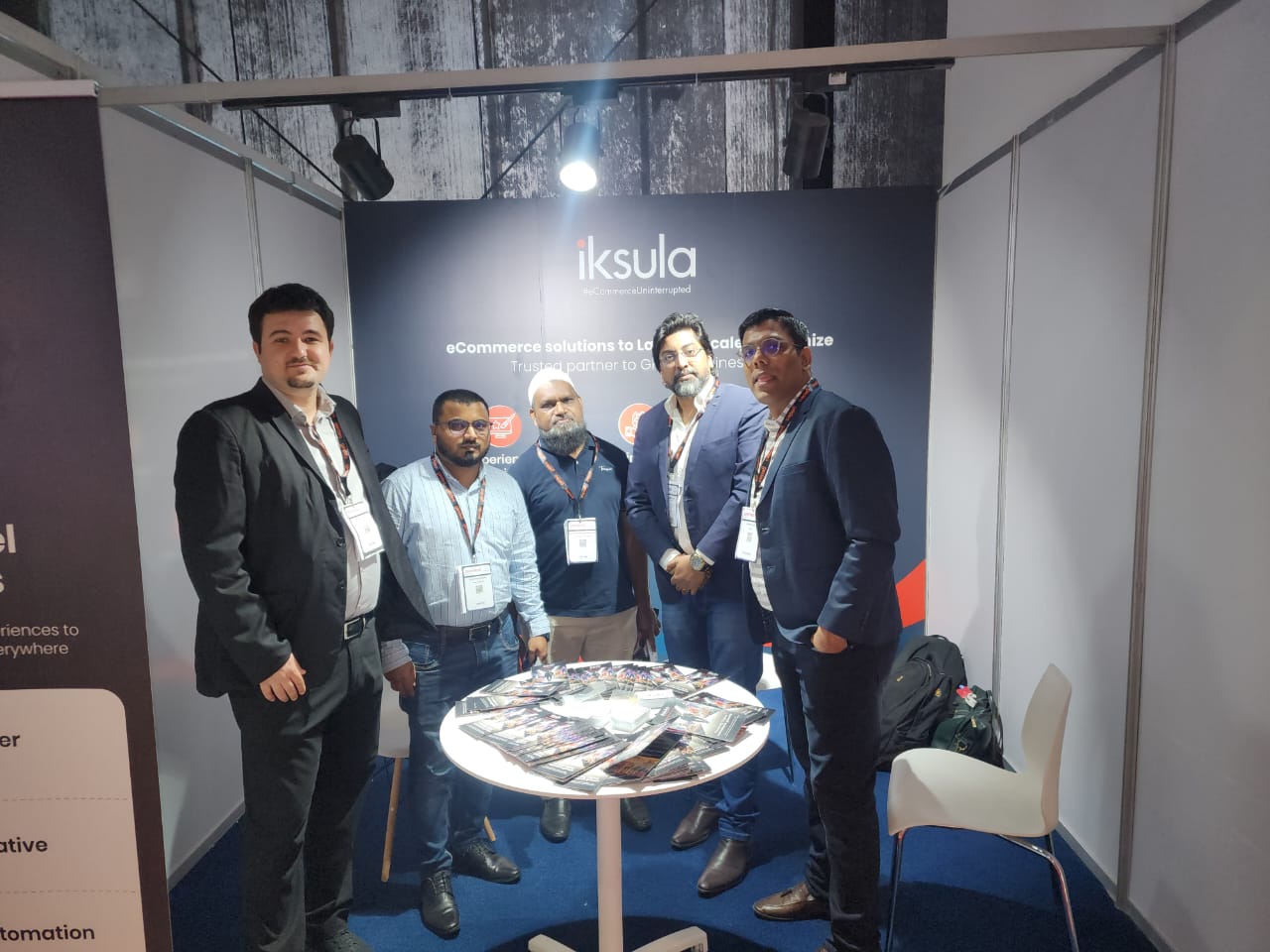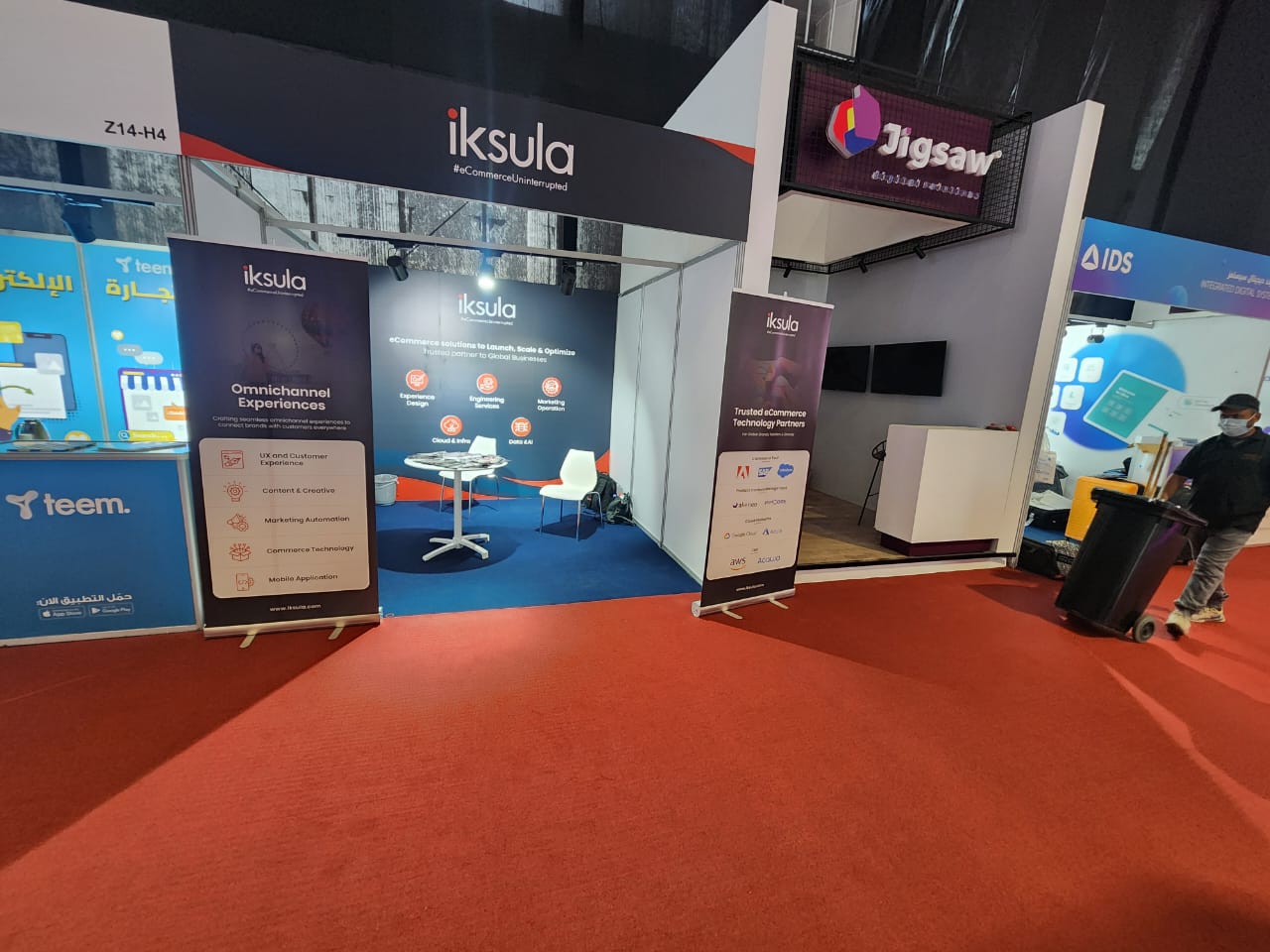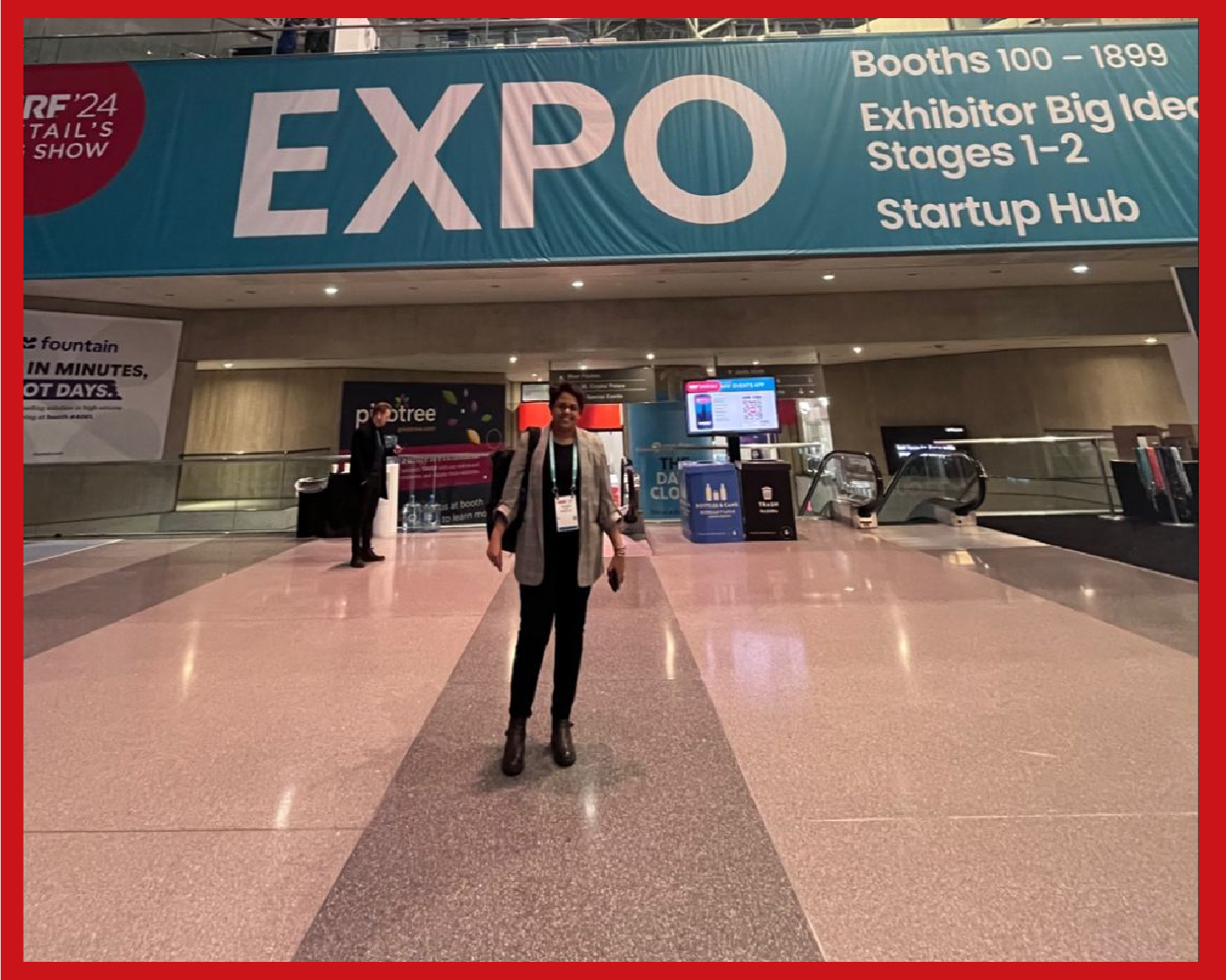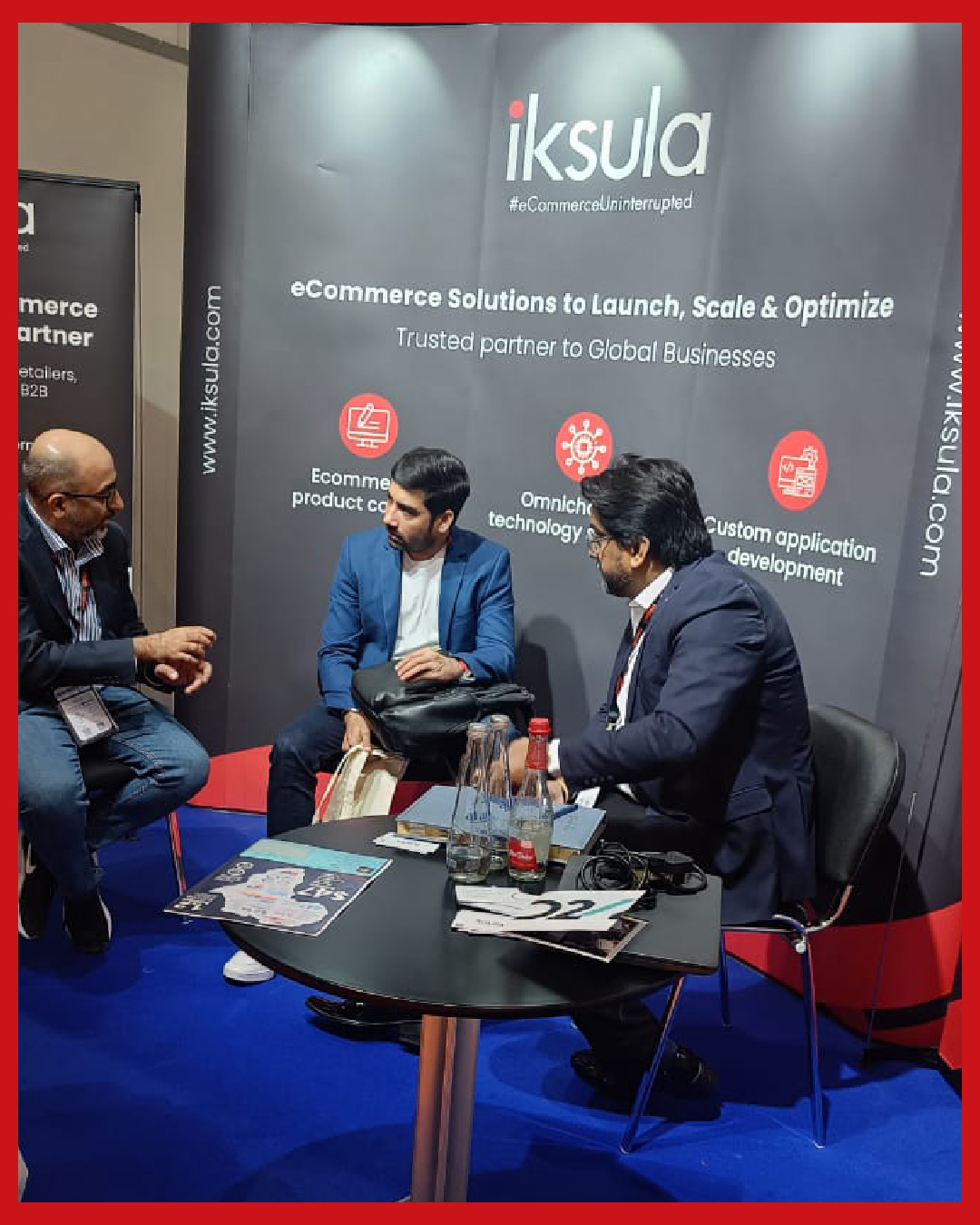Generative AI, a branch of artificial intelligence, is rapidly transforming the fashion industry by revolutionizing how designs are created and visualized. By using advanced algorithms, Generative AI (GenAI) can generate new ideas, patterns, and even entire garments, offering designers unprecedented creative freedom and efficiency. This technology is not just a futuristic concept but a practical tool already making waves in fashion design studios around the world.
GenAI models are AI platforms that generate a variety of outputs based on massive training datasets, neural networks, deep learning architecture, and prompts from users. This “training” allows them to learn underlying patterns and relationships within the data. Once trained, GenAI models can use various techniques to generate new content. These models are trained to understand and replicate complex patterns in data, enabling them to create new and innovative designs that push the boundaries of traditional fashion. For an in-depth look at the evolution of AI in the fashion industry, see our previous blog on The Evolution of AI in Fashion: From Traditional Methods to Digital Innovation.
Overview of GenAI Models
Generative AI relies on various models to create fashion designs. Some of the most notable models include:
- Generative Adversarial Networks (GANs): GANs consist of two neural networks, the generator and the discriminator, that work together to produce highly realistic images. In fashion, GANs can be used to generate new clothing designs by learning from existing fashion images.
- Variational Autoencoders (VAEs): VAEs are used to encode and decode data, which allows them to generate new designs by learning the underlying patterns in the data. VAEs are particularly useful for creating variations of existing designs and exploring new design concepts.
- Autoregressive Models: These models generate images pixel by pixel, offering a high degree of control over the creation process. They are particularly useful for detailed fashion elements such as intricate patterns and textures.
Diffusion Models: Diffusion models gradually transform a simple image into a more complex one, allowing for high-quality and detailed fashion visuals. These models are excellent for generating photorealistic images that can be used in marketing and e-commerce.
Comparative Analysis of Generative AI Models in Fashion

Choosing the Right Tool
The best GenAI model for fashion visuals depends on the specific needs of the project. Consider these factors when making your choice:
Desired level of realism
For high-end marketing materials, GANs or diffusion models might be ideal
Need for creative control
If specific details are crucial, autoregressive models might be better suited
Project deadlines and computational resources
VAEs or diffusion models might be faster to train and generate images compared to GANs
By understanding the strengths and limitations of each GenAI model, fashion designers, stylists, and marketers can leverage the power of AI to create innovative and visually stunning content.
Fine-Tuning GenAI for the Perfect Fashion Fit: A Deep Dive
Generative AI models are trained on fashion datasets through a process called fine-tuning. Fine-tuning involves taking a pre-trained model and further training it on a new task using a small amount of labelled data. This process allows the model to learn the specific nuances and characteristics of fashion data, enabling it to generate realistic and relevant fashion designs, images, and descriptions. For example, in the fashion industry, generative AI can be used for creative designing, turning sketches into coloured images, and generating representative fashion models. It’s important to understand fine-tuning in detail.
The magic of GenAI in fashion lies in its ability to be fine-tuned, becoming an expert in a specific brand’s aesthetic or a particular style niche.
Fine-Tuning for Success: Legal and Copyright Considerations
While Generative AI offers numerous benefits, fine-tuning these models for specific applications in fashion requires careful consideration of legal and copyright issues:
- Data Usage and Privacy: Ensuring that the data used to train AI models is legally obtained and respects user privacy is crucial. Brands must navigate the complexities of data protection laws to avoid potential legal pitfalls.
- Intellectual Property: AI-generated designs can raise questions about intellectual property rights. It’s important for brands to establish clear policies on ownership and usage rights of AI-generated content to protect their creations and avoid disputes.
- Ethical AI: Implementing AI ethically involves ensuring transparency, fairness, and accountability. Brands must address potential biases in AI models and strive to create inclusive and fair designs that respect all communities.
Examples and Applications of AI in Fashion
To further illustrate the transformative power of AI in fashion, here are some practical applications:
- Enhancing Fitting with AI-driven Data: AI helps address the common issue of imperfect fitting in online clothing purchases. By utilizing machine learning, fashion brands can tailor clothing to actual human sizes, match various types of clothing, and determine optimal production locations.
- Personalized AI Recommendations: AI-driven virtual styling tools assist customers in selecting clothes that suit their body types, skin tones, and fashion preferences. Consumers upload images to a retailer’s online store, where a virtual stylist analyzes them and recommends ideal colors, reducing return rates and enhancing customer satisfaction.
- AI as a Creative Collaborator: AI serves as an inspiration source for designers, helping generate new concepts and styles. For example, designer Hussain Almossawi used AI to create a range of clothing inspired by the Japanese kimono, exploring different silhouettes and textures.
- Virtual Try-Ons with AI Apps: AI-driven augmented and virtual reality capabilities allow customers to virtually try on clothes. Apps like DressX enable users to project clothing onto their bodies, experiment with colors and textures, and find the perfect look without physical trials.
- Reducing Waste with AI Tools: AI helps retail companies minimize waste by predicting trends and optimizing production processes. By analyzing social media photos and employing machine learning, brands can develop efficient pricing strategies and avoid overproduction.
- Identifying Counterfeits with AI: Tools like Deloitte’s ‘Dupe Killer’ use AI to identify design violations by analyzing millions of photos for distinctive design elements. This helps brands detect and combat counterfeit products, protecting their trademarks and originality.
- Enhanced Marketing Campaigns with Generative AI: Generative AI is transforming fashion branding and marketing. AI-generated graphics and designs, used by brands like Valentino and Moncler, create visually striking campaigns. Generative AI allows firms to test styles, update apparel lines, and introduce new concepts efficiently.
- Consumer-Driven Designs with Generative AI Tools: GenAI technologies democratize fashion design, enabling consumers to create and visualize their own styles. Platforms like ‘Off/Script’ allow users to design clothing and accessories, vote on favorites, and convert winning designs into physical products for sale.
Conclusion
Generative AI is transforming fashion design and visualization by introducing speed, efficiency, creativity, personalization, and sustainability into the industry. As AI technology continues to evolve, its impact on fashion will only grow, offering new opportunities for designers and brands to innovate and thrive in a competitive market.





